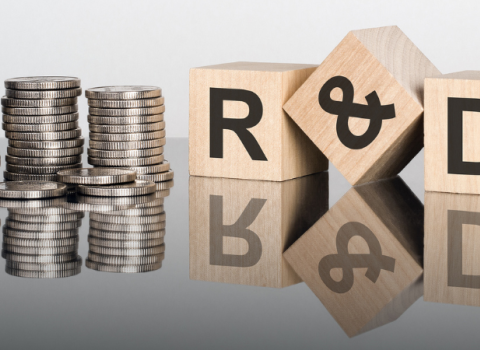Romania is stepping up attempts to grow its R&D base and promote innovation with the opening an Office for Science and Technology in Brussels.

Romania is stepping up attempts to grow its R&D base and promote innovation with the opening an Office for Science and Technology in Brussels.
Apart from demonstrating how keen it is to be part of the European Union – Romania is due to join the EU in 2007 – the aim is to get a better access to European research funds, to showcase Romanian research skills and to lobby for integration into the European research agenda.
“Our government is hoping to take research from its current Cinderella status to its rightful position,” commented Anton Anton, President of the National Authority for Scientific Research and Secretary of State for Research at the Ministry of Education and Research as he inaugurated the office.
“We know without research we will be picking strawberries all over Europe. This is not a polite thing to say but that’s reality.”
Although it remains one of the poorest of the former Communist countries in central Europe, Romania is currently enjoying its sixth year of continuous economic growth, mainly spurred by investment and a growth in exports.
Accession to the EU is expected to spur further growth. But starting from a low base means the country has a long way to go to catch up with other EU-countries, especially in the innovation stakes.
The current economic performance relies heavily on low-cost labour and low value-added exports. Now the government is seeking to put in place mechanisms and infrastructure to promote innovation, in line with commitments made during negotiations to join the EU.
Measures agreed by the National Authority for Scientific Research include:
- Increasing the role of research in a bid to build an internationally competitive technology sector.
- Tying R&D activities into the industrial policy of Romania, so that R&D contributes to economic growth in the longer term. This will include developing of mechanisms to underpin technology transfer and encouraging greater private sector participation in R&D and innovation activities.
- Increasing total expenditures on R&D to 1 per cent of GDP up to 2007, and increasing public expenditure on R&D to 1 per cent of GDP by 2010.
- Boosting Romania’s R&D capacity and raising the quality of research activities.
- Strengthening and developing collaborations between institutions, universities and enterprises
“We have decided to encourage real research and to foster research,” said Anton. “It’s not important where the research is being done. It can be done in a university, it can be done in the national institute, or in a private institution. What’s important is that it is good quality.”
Much work will be needed to promote innovation, to make Romanian R&D more responsive to the needs of the economy and to enhance integration of Romanian researchers into international networks and programmes.
Anton admitted that at present the country is experiencing a brain drain. “We have very strong science people and they are well-trained, but in the past we did not offer them the best working conditions. Now we are fighting to try and bring them back, based on better conditions, such as improving access across the whole of the scientific community, making it easier to travel and so on,” said Anton.
Anton said the government is prepared to put money in to achieve its goals and has increased research spending already to 0.38 per cent of GDP this year, compared with 0.36 per cent in 2005 and 0.2 in 2004 per cent. But even this boost would still leave the country lagging far behind the Lisbon Agenda target of 3 per cent of GDP by 2010.
To encourage R&D spending by the private sector, Anton recently reached an agreement with the Ministry of Finance making it mandatory for companies to state R&D expenditure in their accounts. Anton said this would provide a baseline against to measure the impact of any fiscal incentives. The measure is due to take effect this year.





 A unique international forum for public research organisations and companies to connect their external engagement with strategic interests around their R&D system.
A unique international forum for public research organisations and companies to connect their external engagement with strategic interests around their R&D system.